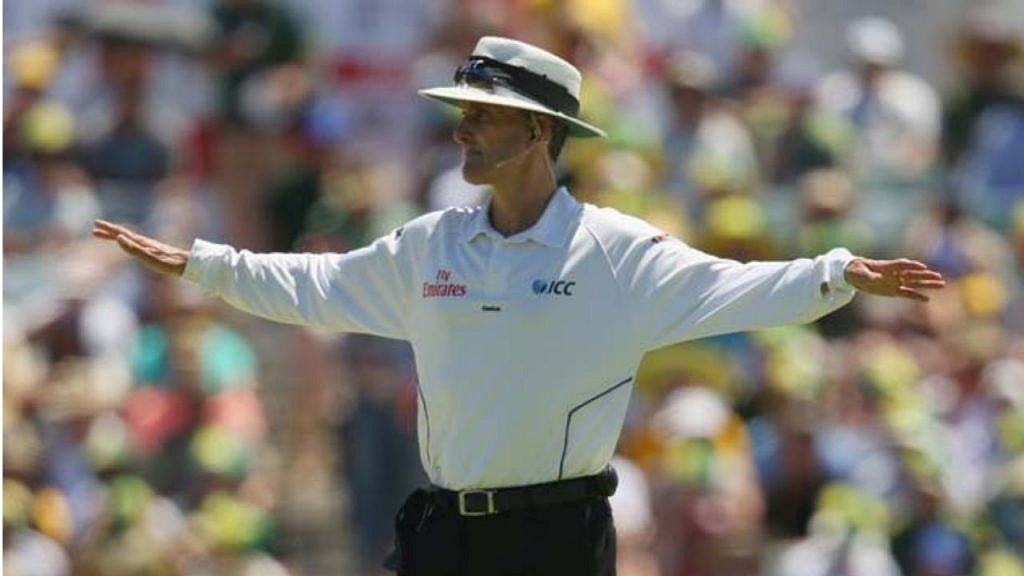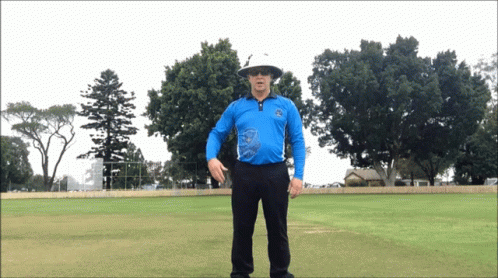🏏CRICKET: A Bat and A Ball game 🏏
(Tutorial Part-2)
Topic 6: OVERS
Q- What is an Over?
An over refers to a set of 6 legitimate deliveries bowled by a bowler towards a batsman.
Rani: Over bowler deta hai, ek bowler ek time par 6 ball daalta hai usko over kehte hai, 1 over mein total 6 balls valid hoti hai.
Each delivery is an opportunity for a batsman to score runs. A wide, no-ball or a dead ball are not counted as legitimate deliveries. The number of overs in a match depends on the type of match being played.
The over is said to have started when the bowler begins his run-up to bowl his first of the six deliveries or when bowler takes his action for the delivery of the first ball of that over(in case of spinners).
Q- What is Over Change?
OR
Q- What happens after an Over is Completed?
The umpire calling “OVER” is the sign of the changes and shifts that have to be done according to the rules. This is also often known as “Over Change”
Activities that takes place during Over Change:
🔹Bowling and batting ends change: Side of the pitch which was non-stiker's end during the previous over, now becomes the striker's end and vice versa. Ok
🔸Umpires swap their responsibility: The two umpires present at the ground change their roles. The umpire standing near the batsman (known as leg umpire) becomes the umpire at the bowler's end and vice-versa. The umpires don't actually walk to other sides, they just change their roles.
🔹Striker and Non-Striker Batsman Swaps their roles: Player who is batting at the non-striker end has to assume the role of the striker. Remember, the two batsmen don’t actually cross over to the other side. It’s just that the batting ends change.
🔸Wicketkeeper goes to the opposite end: Since the non-striker end now becomes the striker’s end, the wicketkeeper also has to change the ends.
🔹Handover of ball from one bowler to another: The bowler bowling the next over now has to bowl from a different end as compared to the bowler from the previous over.
Q- Why only 6 deliveries in an over?
Cricket is a sport having long history. Before 1979, there was no standard rule as to how many deliveries were to be bowled by a bowler in an over, and it varies from series to series.
It was mutually agreed upon by the two participating captains prior to the match and a number was fixed. This discussion between the captains didn’t really happen before every single match. It would often be taken up by the cricket boards of the respective countries to discuss before the series began.
List of Balls /over played by countries before 1979/80

These variations led to amendment of cricket rules in 1979 in order to standardized the number of deliveries bowled by a bowler in an over. It was made mandatory for all international matches to have only 6 legitimate deliveries bowled by a bowler in an over.
Thus, from 1979, the test matches were being played with the standardized version of an over with 6 balls.
Q- Can an Over have more than 6 deliveries?
There can be only 6 legitimate deliveries in an over. However there can be some instances when a bowler ends up bowling more than 6 deliveries towards the Batsman.
- If bowler delivers wide ball then opponent team gets an extra run by default and the delivery is not counted as legal delivery. The bowler has to bowl again.
Wide Ball👇
Picture shows umpiring giving a sign of wide ball
- If bowler delivers No Ball then also delivery is not counted and bowler has to bowl again.
No Ball👇

Picture shows umpire giving sign of No Ball
Q- What is Run Rate or Runs per Over?
•> Runs Per Over (RPO), also known as the run rate, is calculated to identify the rate at which a team is scoring in a match.
•> Runs Per Over often helps in implementing certain strategies in order to win a match such as should the batting team defend or start attacking based on how many runs are required per over to win the match.
•> This is calculated by dividing the scores of batting team by number of overs bowled by fielding team.
Q- What the term Over Rate mean in Cricket?
•> An Over Rate means the average number of overs completed by a bowling team in an hour.
•> This is obtained by dividing the number of overs bowled by a bowling team by the time taken to bowl the overs in hours.
•> As per the latest rules, a bowling team is expected to finish about 13-15 overs within an hour. However, this varies based on the format of the game that is being played.
- In Test matches, a bowling team is expected to finish 15 overs within an hour.
- In the ODI matches, the bowling team has to bowl 50 overs within 3 and a half hours. This applies to both sides.
- In T20 matches, 20 overs have to be delivered by the fielding team within 90 minutes.
Time allowance such as injury delay, drinks breaks, DRS and other external inevitable delays that is beyond the control of the captain of fielding team are also considered and such durations are excluded while calculating Over Rate.
Q- Can a bowler bowl multiple overs in a row?
•> A bowler is not allowed to bowl 2 consecutive overs as per laws of cricket.
•> A bowler may be allowed to bowl the last over of the teams 1st Innings, and the 1st over of the next innings of the team in the same Test Match. However, a bowler is simply not allowed to bowl two consecutive overs in the same innings of a match in cricket.
Q- How many overs a Bowler can bowl?
The general rule is that no bowler can bowl more than 20% of the total overs per Innings. This rule is applicable only to the limited overs cricket matches.
- In a 50 overs cricket match, a bowler can bowl a maximum of 10 overs.
- In a 20 overs cricket match, a bowler can bowl a maximum of 4 overs.
There is no such limit in the case of the test matches and the bowler can bowl as many over as he or the captain of his team wants him to bowl. Thus a bowler can bowl maximum 50% of the total overs per Innings in Test Cricket, as the bowler is not allowed to bowl 2 consecutive overs.
Credits: Rani_Sahiba, SoniRSippu21 & Myself
To be continued....




























327